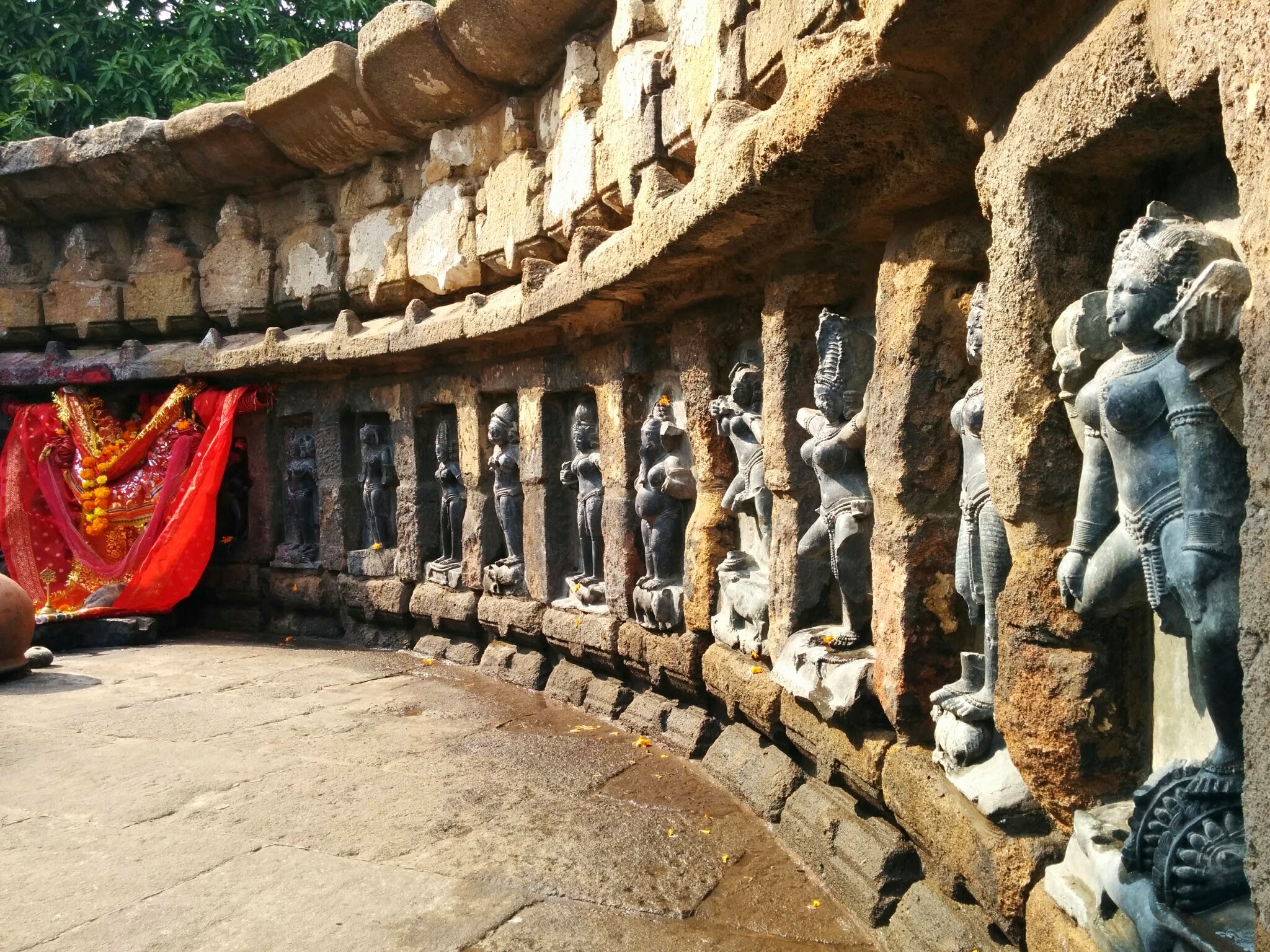When I first opened a Facebook page for Anantya Tantrist, the female tantrik protagonist of my fantasy series, I got a well-meaning advice from a ‘friend’ who informed me that Anantya can’t be a tantrik. His reasoning? Tantriks are all males. Women at best are support systems for them or their muses or powers.
As is the style of social media, he was quite confident about his uninformed opinion, calling it a fact. I politely asked him if he had heard of yoginis. He sort of had. ‘Aren’t they supernatural deities?’ he asked. Hmm, yes, I answered, and no.
Though mentioned in the Vedas as tantrics and even rishikas, centuries of patriarchal stronghold on written traditions have erased yoginis and their legacy from collective consciousness of our mythology. We don’t know much about these women, these yoginis, though there are a few international scholars who are trying to fish out texts and oral mentions in our collective histories. Some scholars call them accomplished sorceresses, some think they are the female versions of yogis, or women who are mistresses of yoga. They’re known across the world as celibate nuns, enlightened women, white magic witches, healers, saints, women who have mindpowers or siddhis. Women who are powerful, and independent and usually stand outside the traditional boundaries of patriarchy.
In today’s times, no one knows much about them. Discovered as recent is The Chaunsath Yogini temple, which stands in Hirapur, a small hamlet near Bhuvaneshwar, Orissa, is forgotten. I have to ask multiple rickshaws, who don’t know where it is. Locally, it’s known as the Mahamaya temple. Even though it’s a festive week, there is no one here except me and my husband who has been dragged along.
The temple itself is a surprise.It was discovered in a jungle in 1953, by a archeologist. None of the locals regarded it with any importance. It’s a circular shaped structure of stones, small and cozy. Inside is open to the sky. They say that the place is so powerful that no ceiling is needed to protect its power. Small, delicately carved images of the sixty four yoginis, created with black chlorite stone, stand in quiet contemplation inside, each a feet high, their hairstyles unique, breasts and body shape enhanced. There’s no sanctum sanctorum, nothing to protect them. Outside is a long flat platform, where the caretaker whispers dramatically, they used to sacrifice animals and even humans to tantric practices. I’ve never heard about this cult before, so I research. Continue reading “Yogini, menstrual blood and its power”










